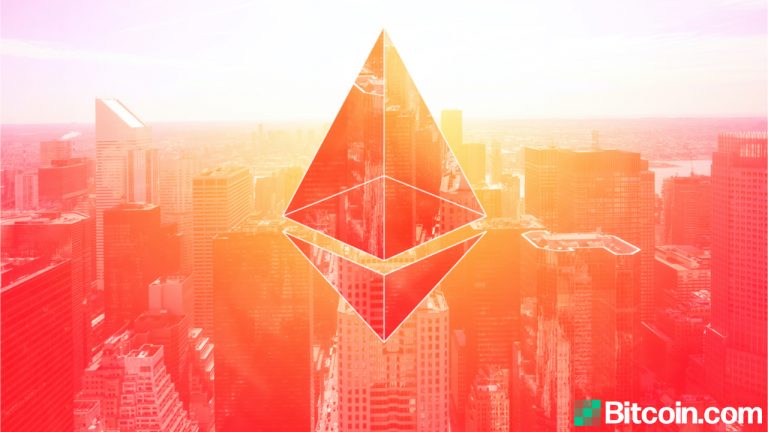
Ether bulls have been calling for $5,000 ETH for years, and now derivatives data suggests that the price is finally realistic.
Ether (ETH) pundits have been shouting that the $5,000 price is 'programmed,' since 2018 and some go even further by calling for $20,000 over the long-term.
$5000 $ETH.
— Koroush AK (@KoroushAK) October 29, 2021
It is programmed.
A portion of these bullish calls are based on ETH 2.0 staking and the reduced inflation resulting from EIP-1559.
At this time in 2017, $BTC was around $2k
— Don't Follow Shardi B If You Hate Money $ (@ShardiB2) May 16, 2021
Just 7 months later it was almost $20k
What do you think happens when the world wakes up to the APR and deflationary aspect of $ETH that is coming in less than 2 months?
$20,000 is programmed IMO
This should be your largest position
The $20,000 estimate is equivalent to a $2.36 trillion market capitalization, and even if it is feasible, it still seems excessively optimistic for now.
Ether has entered an ascending channel on Sep. 20, which points to $5,000 becoming a support level by late Nov.

Backing the recent strength is the net value locked growth, or adjusted TVL, on Ethereum network smart contracts. TVL measures the assets deposited on decentralized applications and is usually led by lending protocols and DEX exchanges.

Ether’s TVL breached the previous $71 billion all-time high on Oct. 16, accumulating a 50% gain in three months until Oct. 31.
Adverse regulatory winds coming from the United States lawmakers could be driving investors away from cryptocurrencies. Many U.S. states, including Kentucky, Texas, Alabama, Vermont, New Jersey and most recently, New York, have been cracking down on crypto lending.
Furthermore, in October, New York-based decentralized prediction market Polymarket came under investigation from the United States Commodity Futures Trading Commission (CFTC). According to a Bloomberg report on Oct. 23, the agency is evaluating whether the decentralized finance (DeFi) application allows its customers to trade binary options and swaps without the necessary regulator approval.
On the other hand, some investors expect a positive movement from traditional markets to further boost the rally. Data shows that November has been the best performing month for the S&P 500 since 1985.
Pro traders believe ETH price will move higher
To confirm investors' confidence in the $5,000 prophecy coming true, one should monitor the monthly contract's premium, known as "basis." Unlike the perpetual contract, these fixed-calendar futures do not have a funding rate, so their price will vastly differ from regular spot exchanges.
By measuring the expense gap between futures and the regular spot market, a trader can gauge the level of bullishness in the market. Whenever there's excessive buyers optimism, the three-month futures contract will trade at a 15% or higher annualized premium (basis).

Notice how not even the 9.5% correction on ETH price on Oct. 27 from $4,300 to $3,900 was enough to break those traders' spirits. Currently, the basis rate stands at 17%, which signals moderate bullishness.
Options markets show moderate bullishness
Ether made an all-time high at $4,460 on Oct. 29 and to determine how optimistic traders are we have to look at the 25% delta skew. This indicator provides a reliable "fear and greed" analysis by comparing similar call (buy) and put (sell) options side by side.
The metric will turn positive when the neutral-to-bearish put options premium is higher than similar-risk call options. This situation is usually considered a "fear" scenario. On the other hand, a negative skew translates to a higher cost of upside protection and points toward bullishness.

The above chart shows the indicator at negative 9, flirting with the "greed" momentum. That optimistic stance started on Oct. 18, which wasn't exactly a positive day for Ether because it tested the $3,700 support multiple times.
Both derivatives indicators sit on the edge of a neutral-to-bullish zone, which should be interpreted as highly positive as it leaves room for buyers' leverage using derivatives instruments.
According to futures and options metrics, perma-bulls calling for $5,000 are likely to be correct in the short term.
The views and opinions expressed here are solely those of the author and do not necessarily reflect the views of Cointelegraph. Every investment and trading move involves risk. You should conduct your own research when making a decision.


























